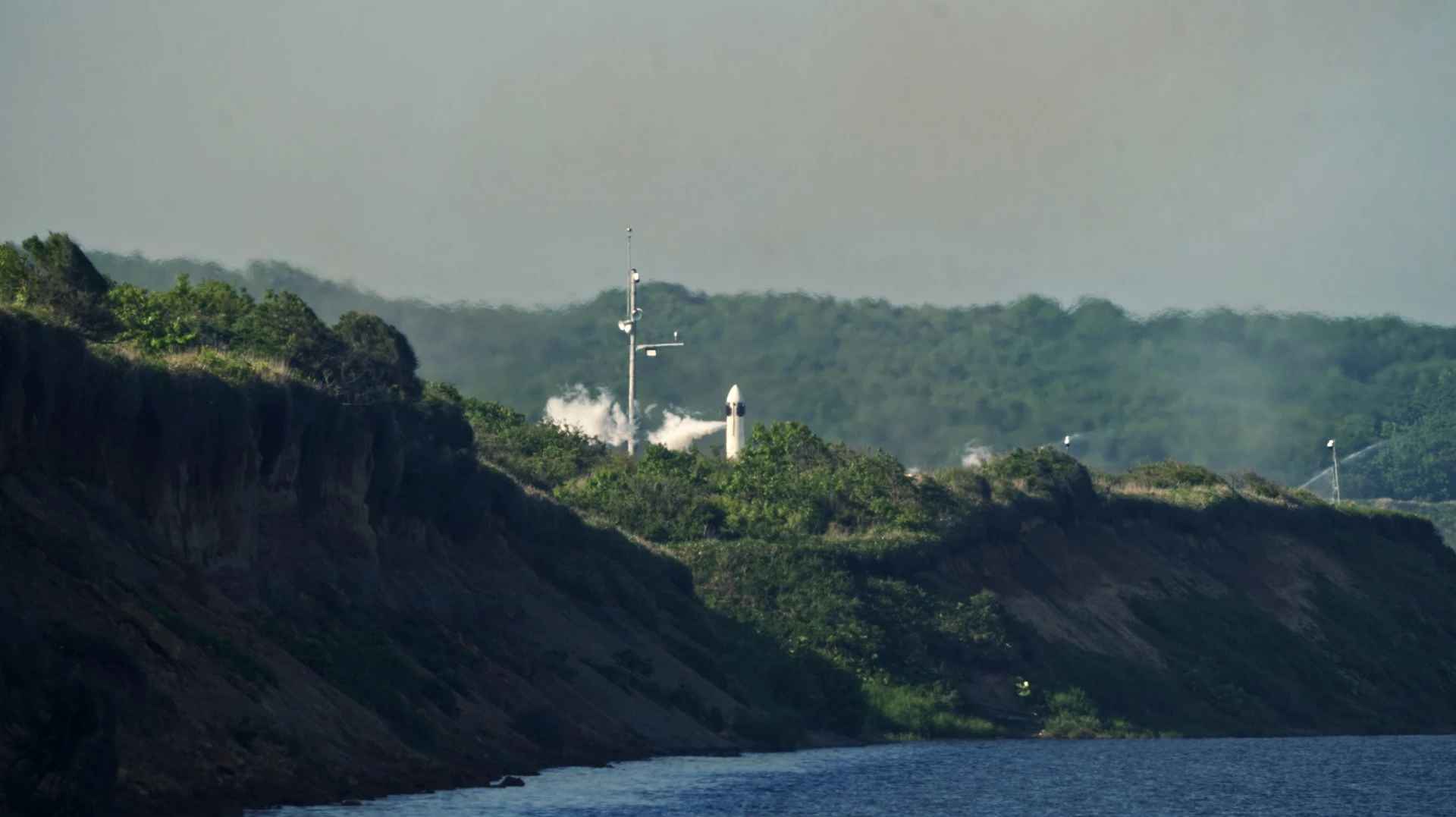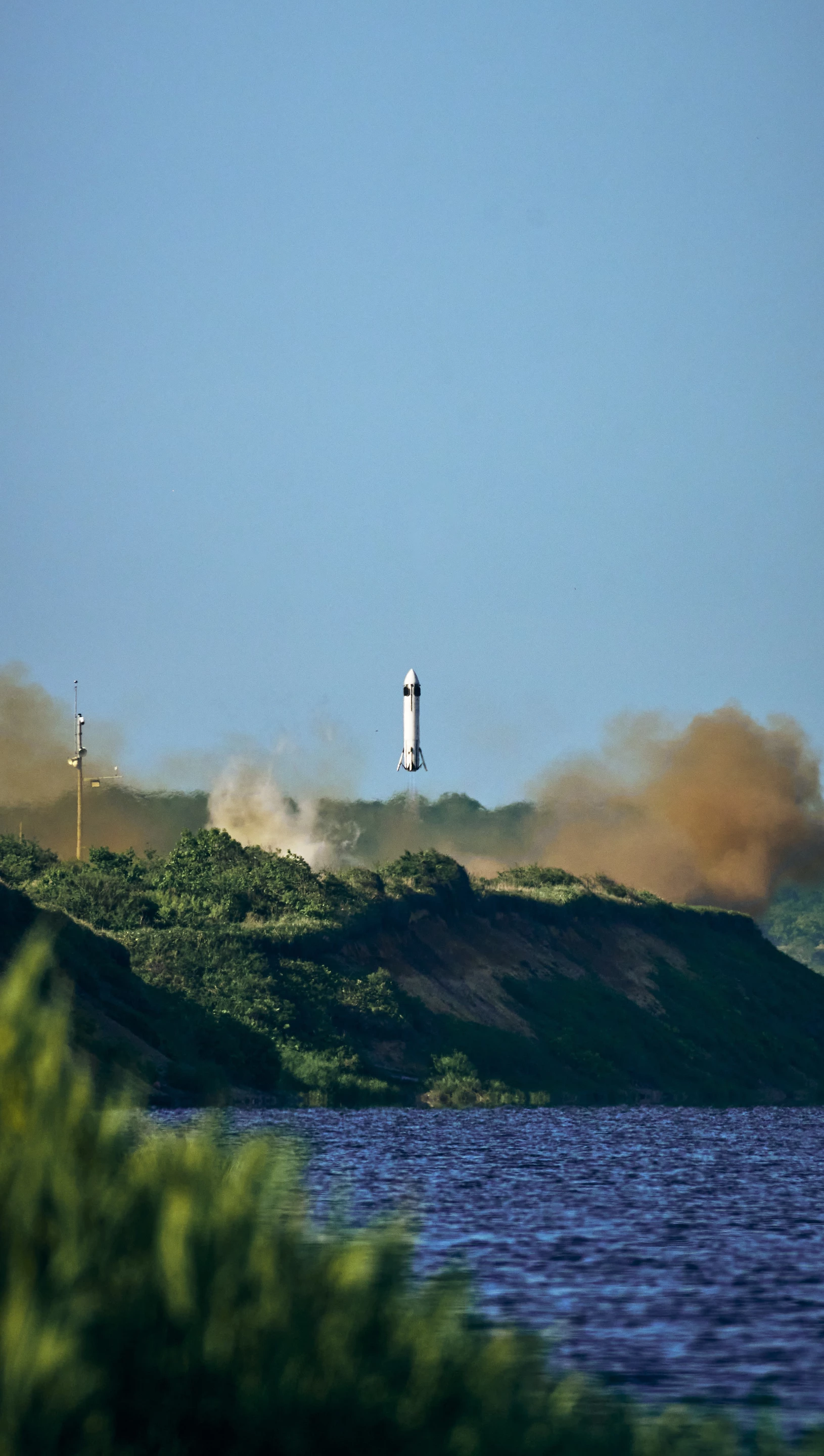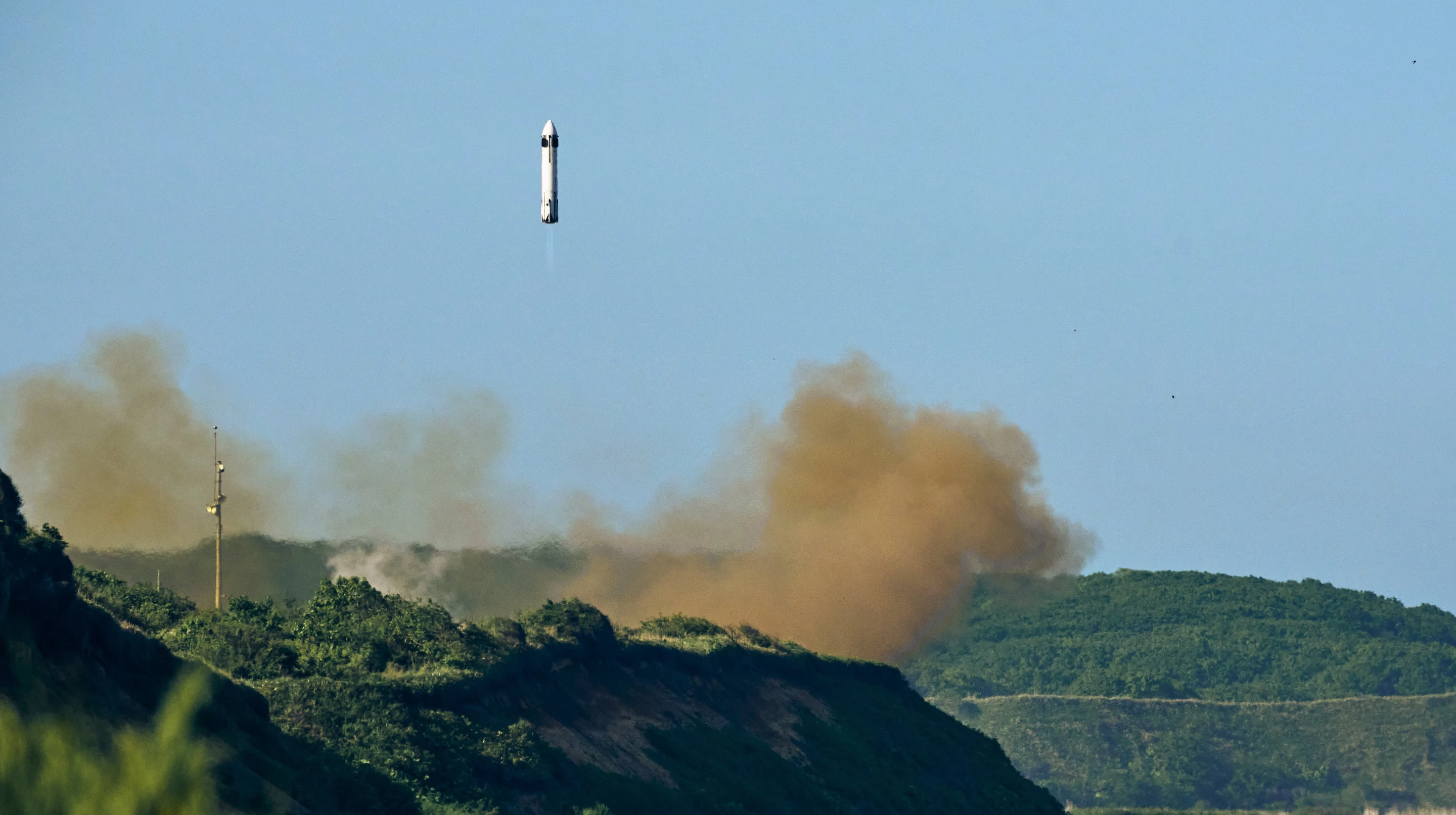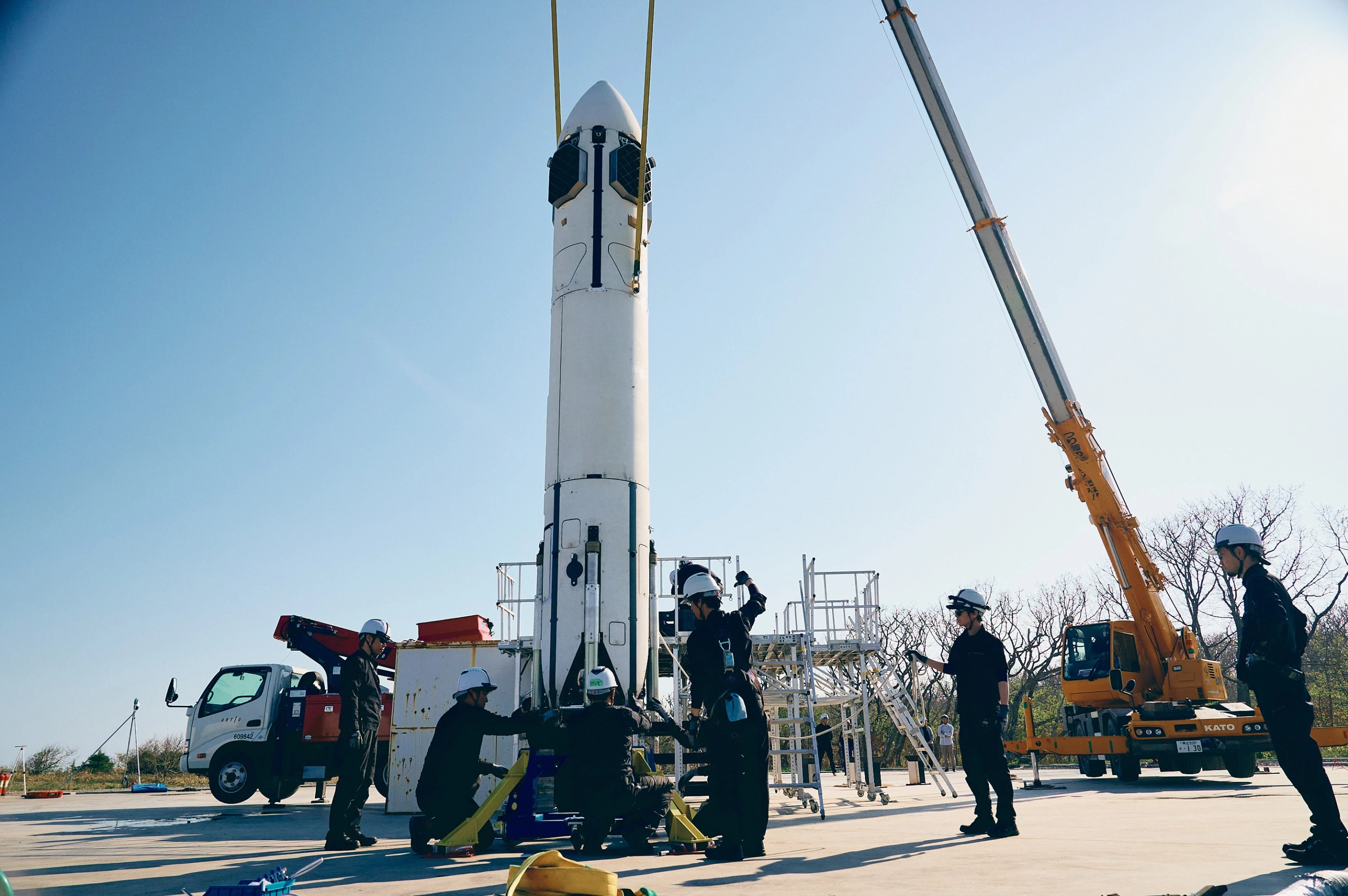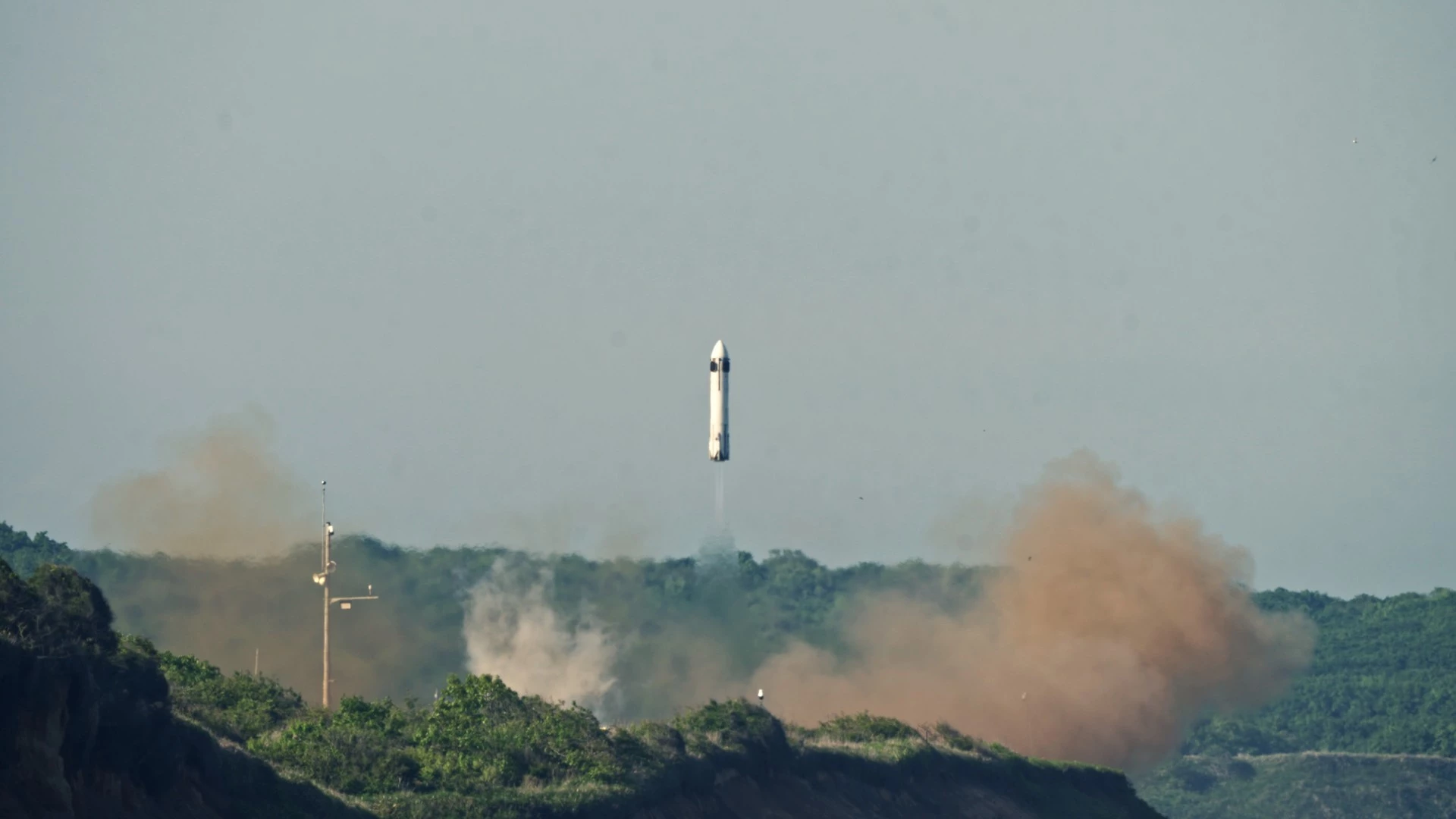Maybe cars, trucks, and motorcycles aren't exciting enough, because Honda is moving into space vehicles. The company has announced that it has successfully flown a reusable rocket to an altitude of almost 300 m (1,000 ft) and then safely landed it.
Reusable rockets that can make powered landings at the end of their launch missions are nothing new. In fact, they fly so often that they've become about as newsworthy as a cargo plane taking off. However, when a heavy hitter like Honda enters the game, it's time to take notice.
While best known for its core cars and motorcycles, Honda has an impressively diverse line that includes marine engines, power equipment, general purpose engines, aircraft, robotics, and it's even been experimenting with hydrogen fuel cell systems. Now, Honda has flown a technology demonstrator rocket as a research project with possible eyes on the booming satellite launching business.
再使用型ロケット実験機の
— Honda 本田技研工業 (@HondaJP) June 17, 2025
離着陸実験に成功 🎉
本日、自社開発の再使用型ロケットの実験機を用いて、Honda初となる高度300mまでの離着陸実験を行いました。
今回の成功により、再使用型ロケットの研究段階を一歩進めることができました!… pic.twitter.com/IGxMxZ5RyN
On June 17, 2025, Honda R&D Co., Ltd., a subsidiary of Honda Motor, launched its in-house-developed rocket from its facility in Taiki Town, Hokkaido Prefecture, Japan. The 6.3-m-tall (20.7-ft) rocket with a diameter of 85 cm (33.5 in) and a launch weight of 1.3 tonnes lifted off and rose to a maximum altitude of 271.4 m (890 ft) before autonomously touching down in a powered landing that put it within 37 cm (14.6 in) of its target after a flight lasting a total of 56.6 seconds.
According to Honda, the purpose of the flight was to demonstrate a number of key technological areas for reusable systems, including flight stability during ascent and descent, and power landing capability. If the results of the flight pan out, the plan is to work up to a suborbital flight by 2029.
Though no concrete plans have been made for commercial exploitation of the rocket, the company is hoping to enter the market in the future with reusable rockets that will lower operating costs. This is particularly important in light of the current trend of companies to send huge constellations of data communication satellites into orbit to create new networks that promise to be as accessible to the average consumer as cell phone service is today.
"We are pleased that Honda has made another step forward in our research on reusable rockets with this successful completion of a launch and landing test," said Toshihiro Mibe, Global CEO of Honda. "We believe that rocket research is a meaningful endeavor that leverages Honda’s technological strengths. Honda will continue to take on new challenges – not only to offer our customers various services and value through our products, while addressing environmental and safety issues, but also to continue creating new value which will make people’s time and place more enjoyable."
Source: Honda

